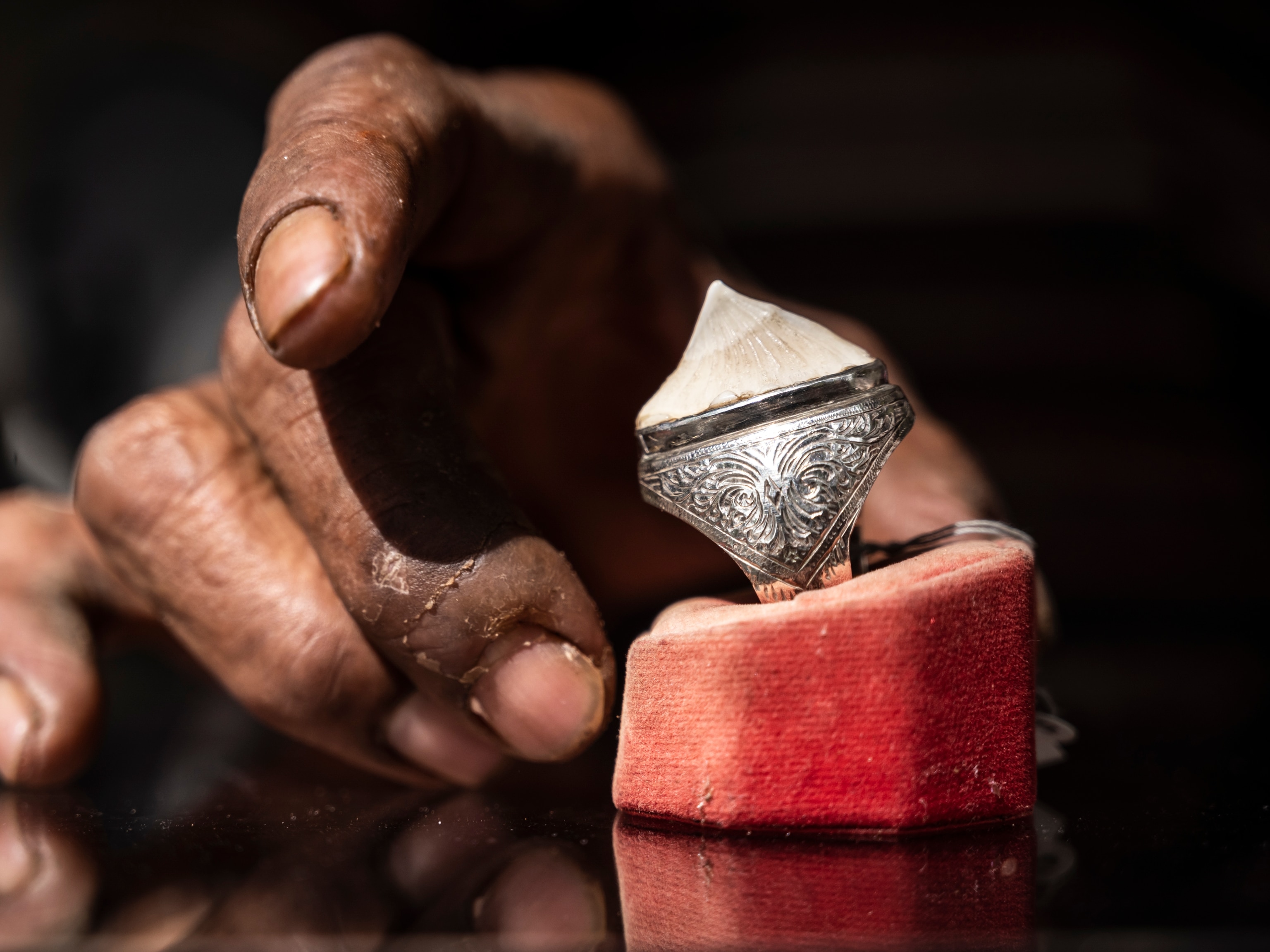
X-rays and Operas: A Collaborative Restoration
A 200-year-old aria was thought to be unreadable—until science stepped in.
Science and art don't always go hand in hand. In fact, the two subject areas are often painted as academic opposites. But on Tuesday, Stanford University announced the successful restoration of a 200-year-old opera at its SLAC National Accelerator Laboratory, and the interdisciplinary feat may be a precursor of more collaborative work to come.
Opera-Ration
The salvaged composition was a portion of Luigi Cherubini's masterpiece Medée. The opera's original score contains an aria that until now had been unperformable due to a large blacked-out area in the sheet music. The piece was brought to the attention of SLAC physicist and associate lab director Uwe Bergmann by a German opera scholar named Heike Cullman who had hoped technology could be the answer to years of speculation about the lost piece.
"If you look at the piece, you can literally see nothing," Bergmann said of the pages of Cherubini's manuscript that are blacked out. "The smudge is completely opaque to the human eye."
Cullman had heard about the technology at SLAC from a previous project of Bergmann's—restoring an Archimedes text, Bergmann explained. Using x-ray technologies, he and a team of scientists had been able to extract original writing from under religious art that covered a portion of it. The experiment was so successful that the opera specialist hoped similar results could be obtained with Cherubini's piece.
"[Cullman] said to me, 'The Cherubini score is sitting at the Stanford library; can you do something?'" Bergmann said. "At first I was skeptical. I thought some other kind of imaging could work better."
This was because the type of imaging Bergmann works with at SLAC is very specialized.
Bergmann uses a Stanford Synchrotron Radiation Lightsource (SSRL), a machine that emits a beam of x-rays into objects. When those x-rays penetrate an object, they cause it to give off secondary x-rays that are called fluorescence. Sensors can then be set to pick up on different elements, depending on the kinds of fluorescence they emit.
The result is a glowing picture, not unlike those we're used to seeing in doctor's offices. Roy Wogelius, a geochemist from Manchester University who was visiting SLAC when the opera piece was imaged, explained: "If you think about x-rays for your body, the machine picks up on calcium and phosphorus and you're able to see bones. This is the same idea. By picking out elements, you can see things that are invisible to the naked eye."
But in order for that to work, there need to be elements for the machine to pick up on. In this case, the ink itself on the Cherubini piece would have to contain those materials. Furthermore, the smudge would have to be composed of a different elemental material, so the researchers could distinguish between the writing and the smear.
Cullmann was in luck. As it turned out, Cherubini, and other composers at the time, used a type of ink that contained a lot of iron. And iron, Bergmann explained, is very easy to detect with the SSRL.
"If the black spot was made of iron, that would pose a problem. But we scratched off a bit and checked it, and it didn't have any iron," Bergmann said. "At that point we said, 'Okay, let's give it a shot.'"
The results were remarkable.
"We started the scan at 11 p.m. and were just watching, watching. And then the signal began to appear on the screen," Bergmann said.
"It was like ghost writing," Wogelius explained. "It just popped out. It's very, very clear. You can see the words [Cherubini] had written, all of his composition."
Bergmann said the entire composition was unveiled in one night. After that, it was sent to Cullman, who handled the interpretation of the results.
The complete version of Medée is now available in both sheet music and recording. Opera fans everywhere are thrilled to have back the lost portion of a masterpiece.
"We only brought out a part," Bergmann said, "But because we brought it out, they are now able to perform this aria that they could never previously perform."
Encore
Beyond salvaging an opera piece, the x-ray technology at SLAC is proving to be valuable to other art forms as well. Bergmann has successfully done work on the Archimedes passage, as well as ancient Koranic texts. The same imaging that was used for Cherubini's piece is being used to unlock hidden properties of fossils and other secrets of biology, and to study subject areas as far-ranging as Egyptology and ancient coins.
"The work on cultural documents is extremely important," Wogelius said. "We learn things about the way society has developed. It's mind-blowing."
Bergmann sees a new trend in using x-ray images to study cultural heritage. He said in the past ten years he's seen new applications using the technology: to uncover hidden paintings in Europe, to restore deteriorating works of art, and to further research in disciplines like paleontology and archaeology.
And he said this is in large part thanks to the contributions of nonscientists. Bergmann said every cultural project he's undertaken since publishing the Archimedes work has been at the suggestion of an outside scholar who heard about the SSRL's capability.
"Some of my colleagues have tried 10 or 15 years ago to bring x-rays into cultural heritage and nothing worked," Bergmann explained. "And the reason why was because they were all scientists. But now the dynamics are changing."
And Bergmann doesn't seem opposed to that either. The crossover, he said, "feels very natural to me."
"Normally [in science] you unlock a secret of nature." Bergmann said. "In this you unlock nature too, but this time it's something of human culture. And bringing that back for someone is incredibly satisfying. It's really only good. I can't find anything bad about it."
Follow Lara Sorokanich on Twitter.








